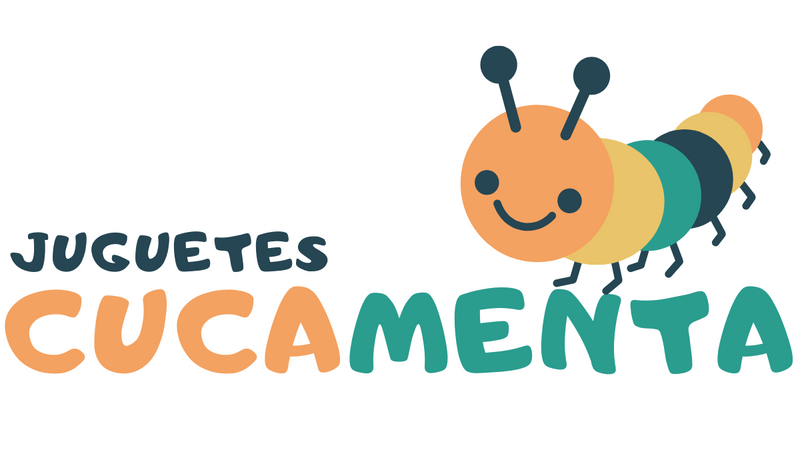Music is an echo of the invisible world
Giuseppe Mazzini
Musical ear in children , as with spatial orientation, fine motor skills, balance or creativity, is a skill that can be worked on.
Sensory stimulation in the first months of life is key to promoting the development of the sense of hearing, which is already formed during pregnancy. Later, introducing children to musical education and specialized toys opens the way to working on this aspect. Let's start by defining what musical ear is and what aspects it covers.
What is musical ear?
Musical ear refers to the ability to give musical meaning to the notes that the person perceives.
It works in the same way as when we hear a word and give it a specific meaning. Having a good musical ear also implies the ability to listen to and understand music internally even if it is not physically playing .
Pedagogues consider this to be an important skill, both for professional and amateur musicians. I would begin with a primary recognition of the acoustic properties of each note, such as pitch, duration, timbre, and intensity.
And it would continue through integration, allowing us to differentiate the place of each note in the scale, as well as discriminate the melody, harmony or rhythm.
Techniques to stimulate the musical ear

Music is considered the universal language, so there is a wide range of activities that stimulate this type of cognitive work in children's brains. Before knowing the tricks and resources, you should know that musical activity has many benefits for your children.
According to Kids Academy, it is useful for motor planning, coordination and sensory development; enhances the development of spatial and mathematical abilities - such as counting, synchronization or pattern recognition; It helps improve memory, language development and literacy with the help of songs and reinforces social-emotional development.
- Dance looking for the beat: Dance and specific movements are ideal for children to learn to find the rhythm and move in a synchronized way, marching, clapping or posing in a different way. Thus, they will find the rhythm and improve their motor coordination.
- Clapping with words from songs: This exercise contributes to the development of language processing, motor skills and social cohesion.
- Imitate a rhythm : Rhythmic tasks with children's songs are also good for working on attention and memory of temporal patterns. You can play a rhythm, stomping your feet or using simple percussion instruments, and have your child imitate it. You can progressively increase the complexity and have him create it.
- Tempo changes in dancing and singing activities : After achieving a constant rhythm in a dancing or singing activity, the adult can turn down the music and try to get the child to keep the rhythm without it. It is called adaptive and autonomous synchronization, and although it has a higher level of difficulty, it is key to improving conversational skills and motor planning by developing the ability to predict time.
- Visual or kinesthetic learning : Children can lie on the floor and shrink or grow depending on how high (high) or low (low) the pitch of an instrument is. Another alternative is to classify sounds of animals and everyday objects - printed in images - by tone categories, ordering them from highest to lowest.
- Compose your own songs : By singing, learning rhymes and composing your own songs - there are applications such as Toca Dance, Kids Music, Pocoyo Classical Music or Baby Musical Instruments - you will not only work on your musical ear, but also on vocabulary, arithmetic and literacy.
- Identify instruments and notes : You can play pieces of classical music and help them recognize the different instruments separately. Another way is to listen to each note repeatedly until you learn it and connect it with particular sensations, memories or emotions . This way, children will be able to establish associations with each note and recognize it more easily.
Musical toys to tune the ear

From the musical deck to learn the notes in a fun and visual way to the first versions of the guitar, piano or xylophone - they are a perfect introduction to musical creation for the little ones -, passing through the musical activity table with sounds and light LED -which plays 20 instruments with a single touch-, the complete set of musical instruments or the connectable drum and piano, at Cucamenta we have a wide range of musical toys.
With them you can not only help stimulate your children's musical ear, but also encourage their imagination, movement, motor skills, vision, memory, and much more. Click and find out all the important information and details of each of these toys, specially designed for your musical education.
We say goodbye with this beautiful phrase from Karlheinz Stockhausen (1928-2007). "There has been music since the beginning of humanity. But animals, atoms and stars also make music.”

0 comments